
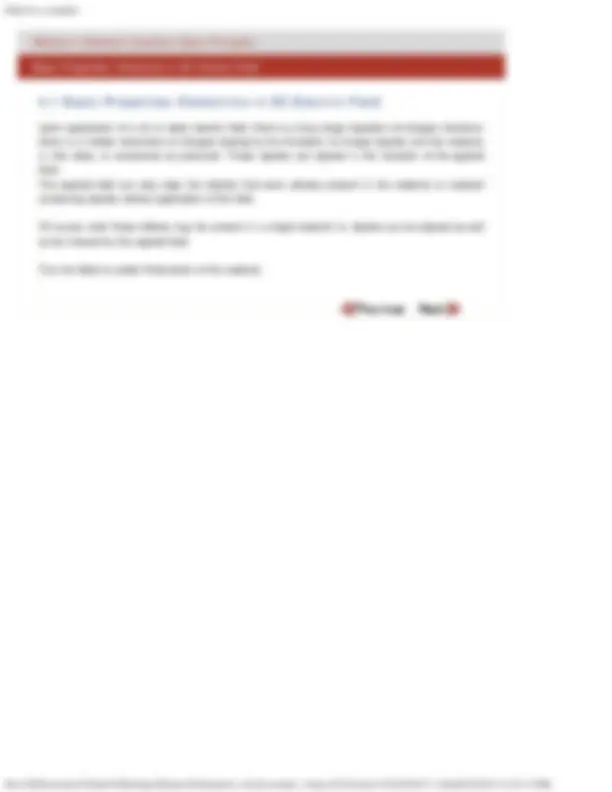
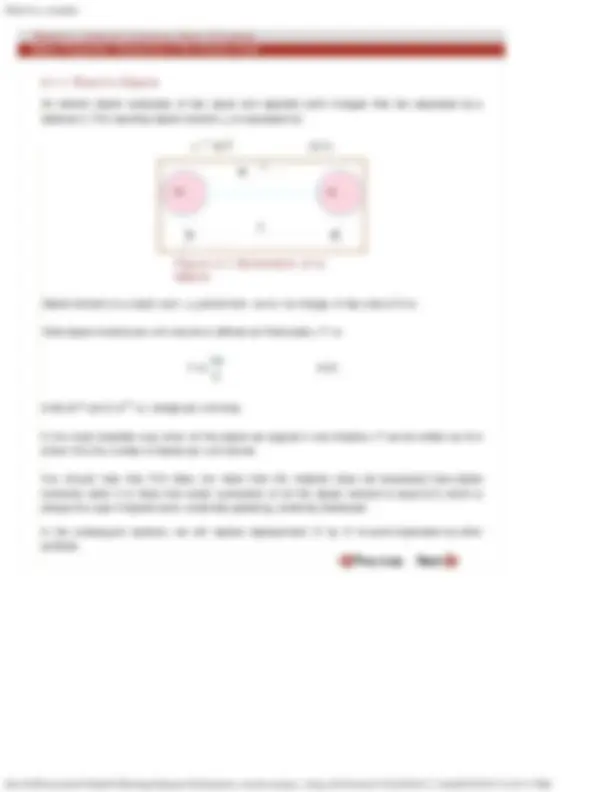
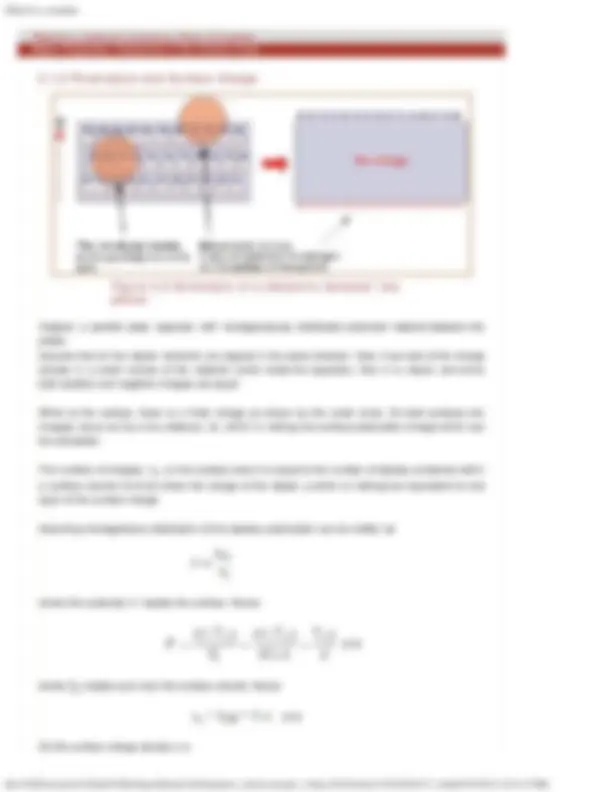
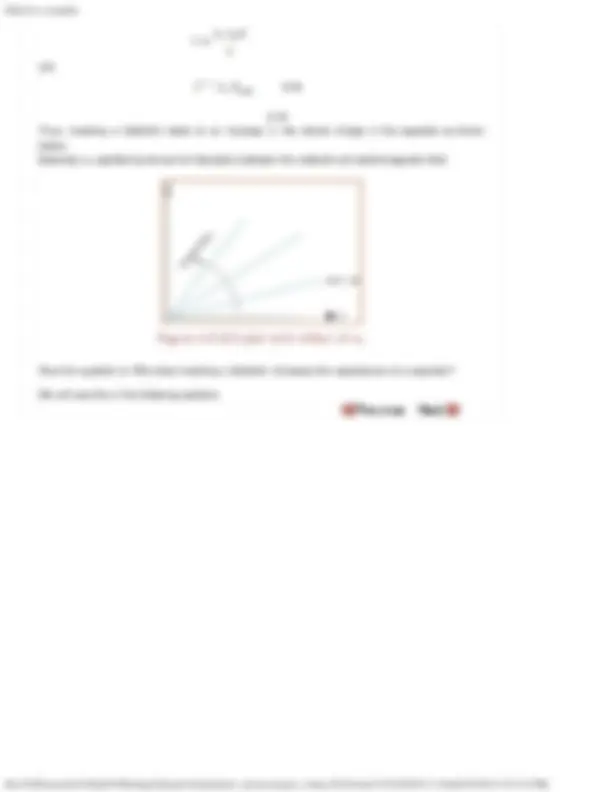
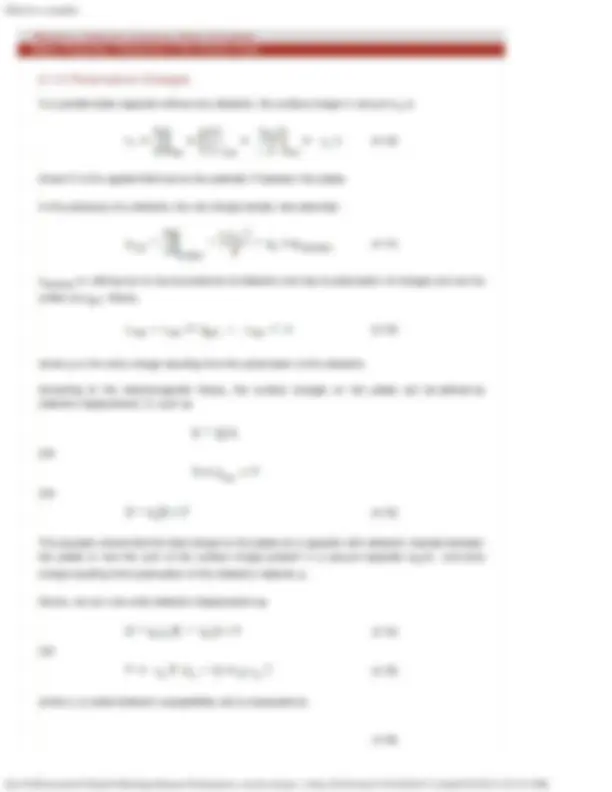

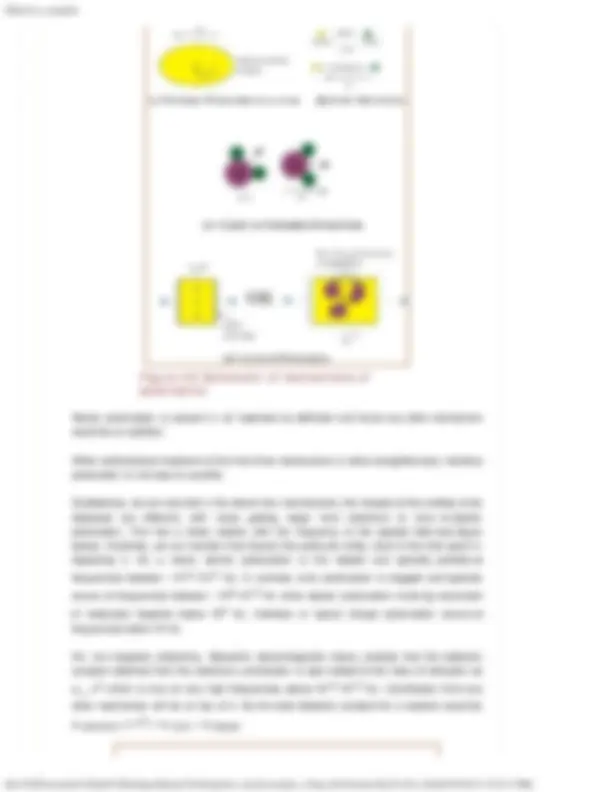
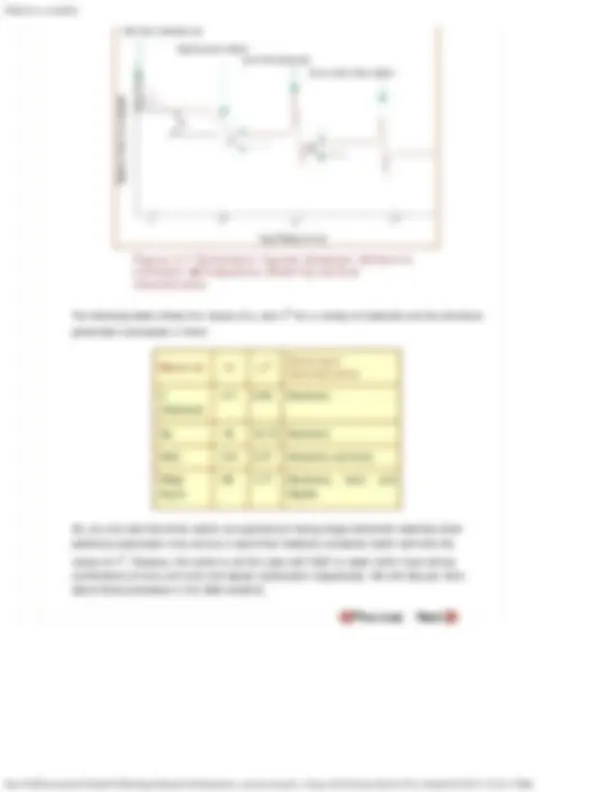
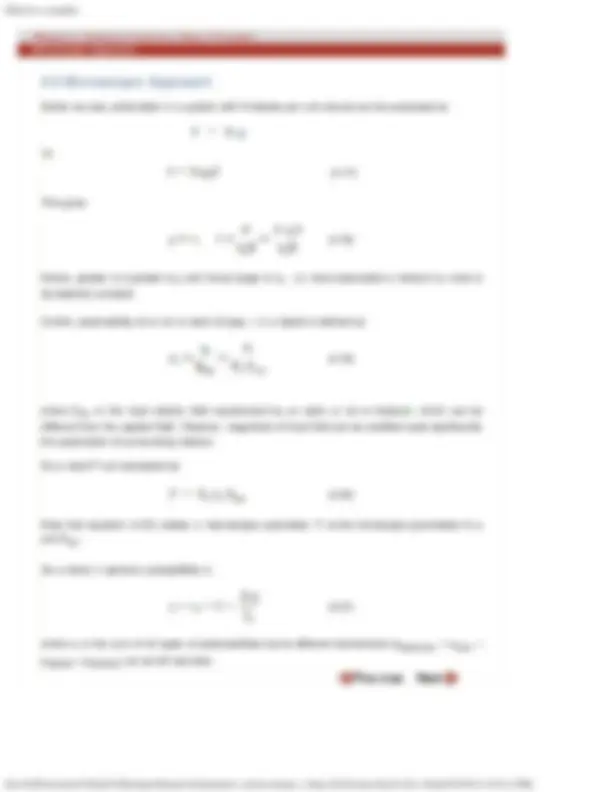

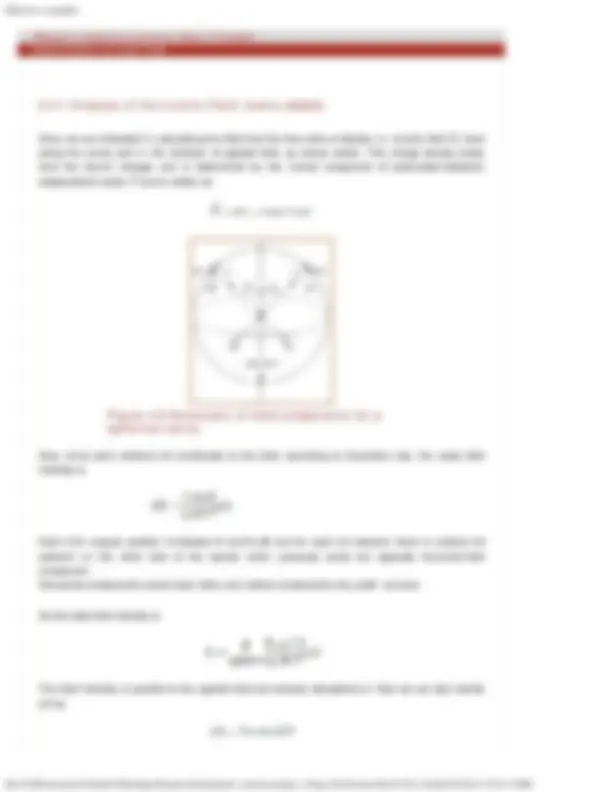


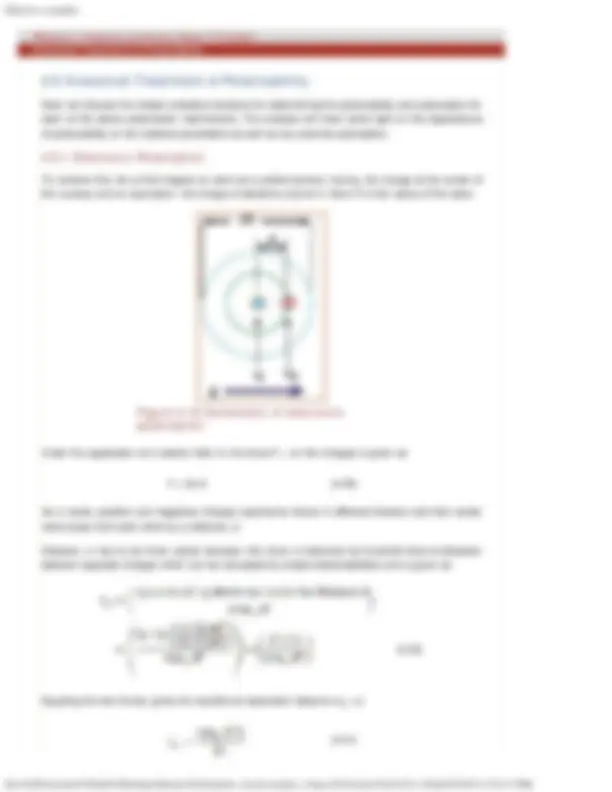
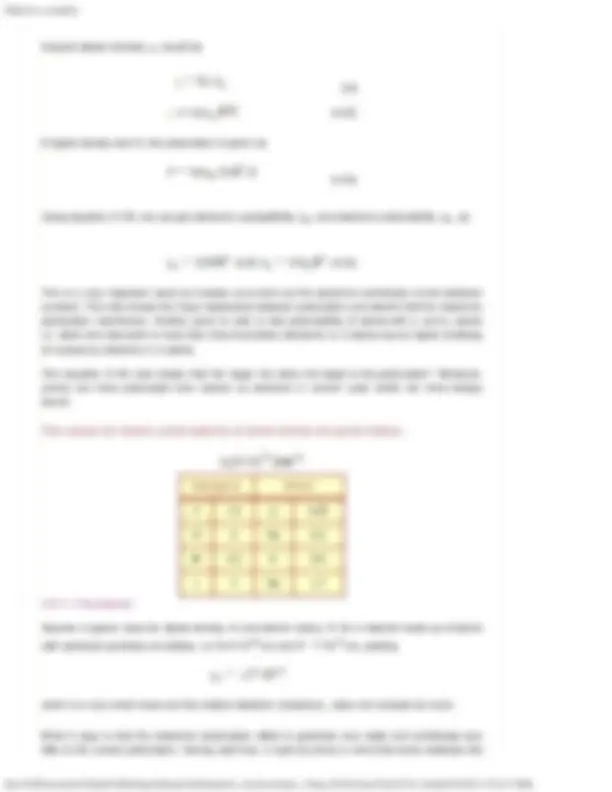

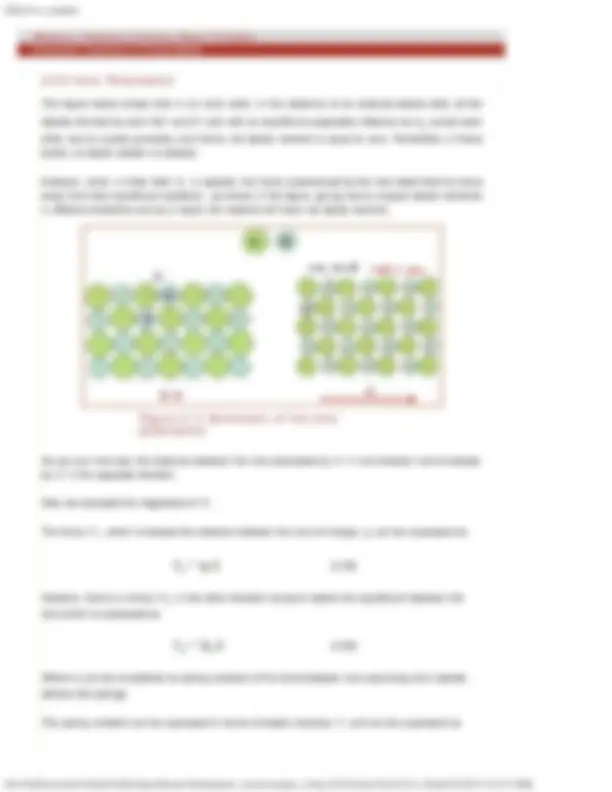
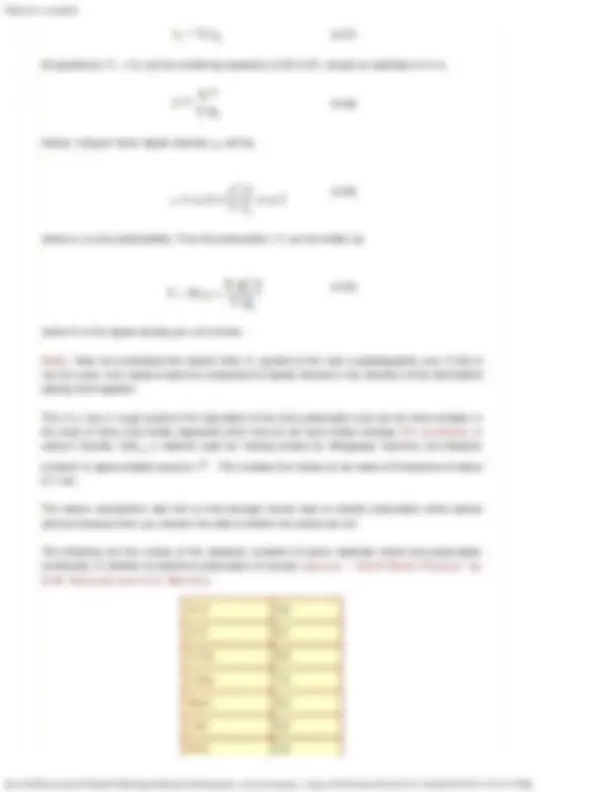

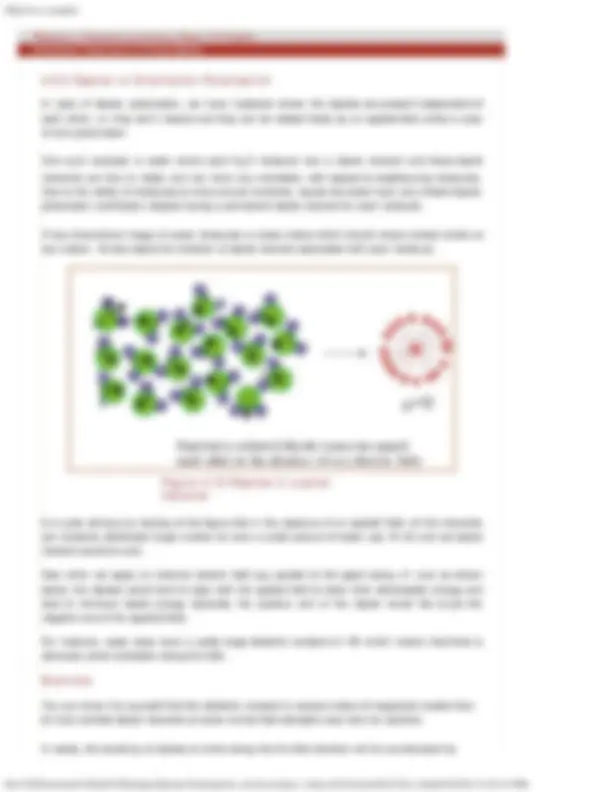


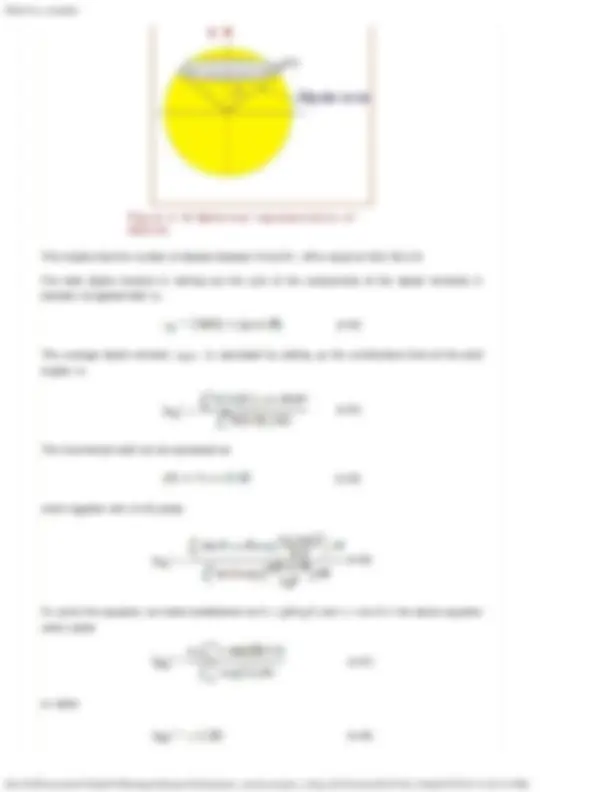
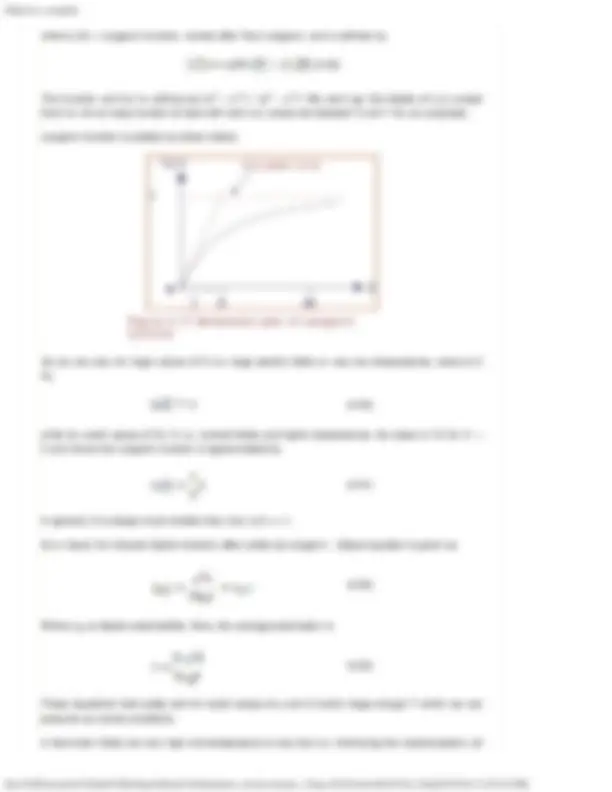

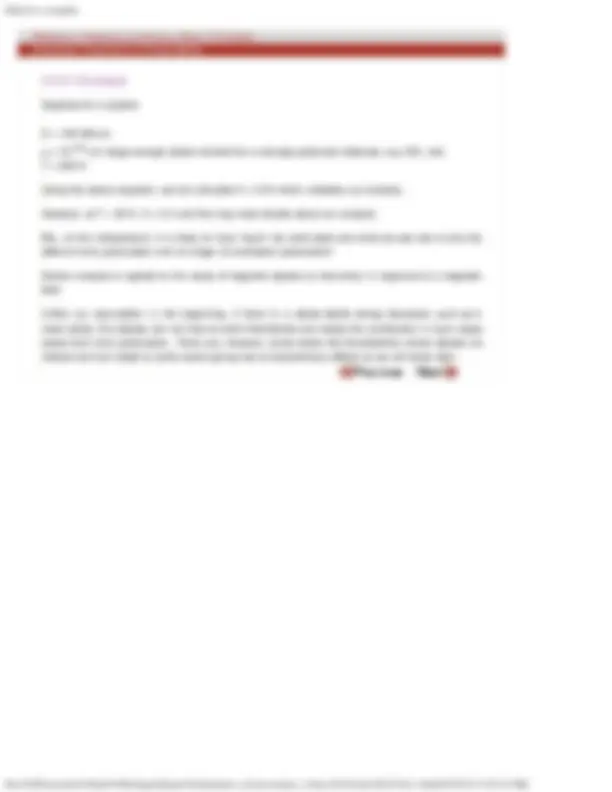

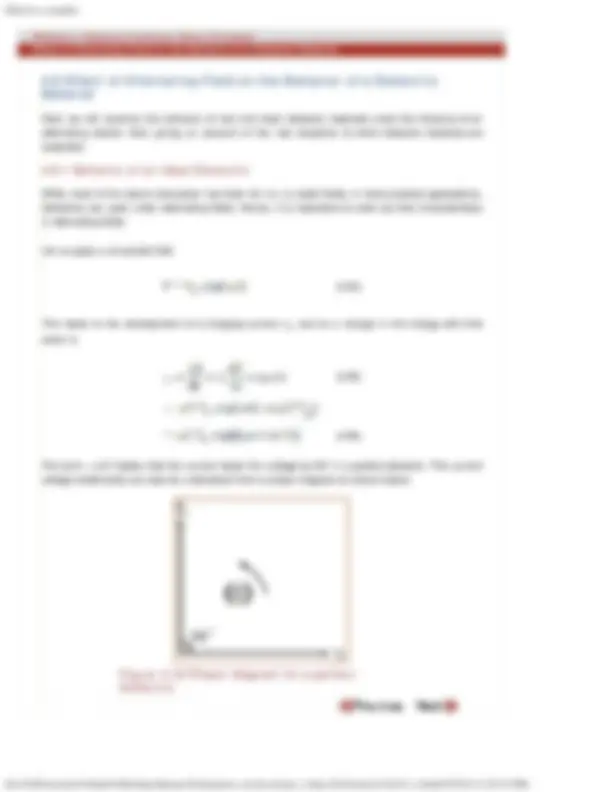
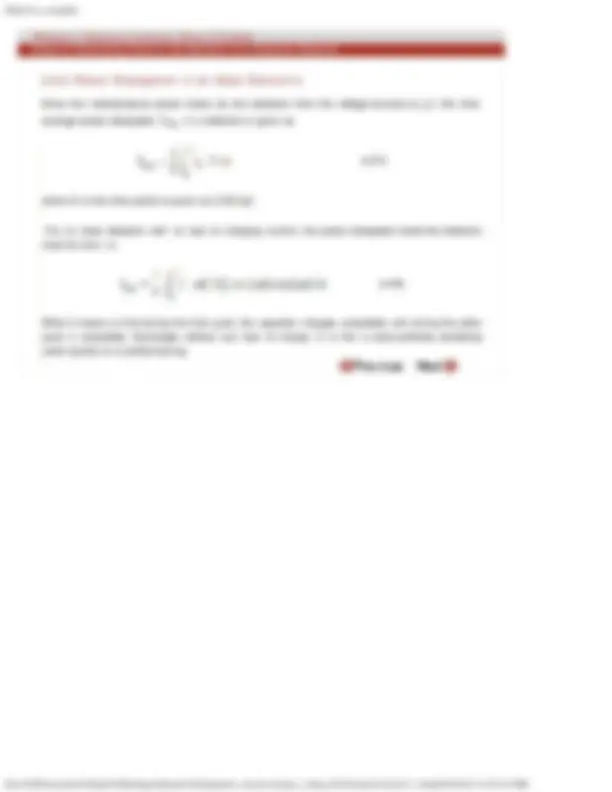
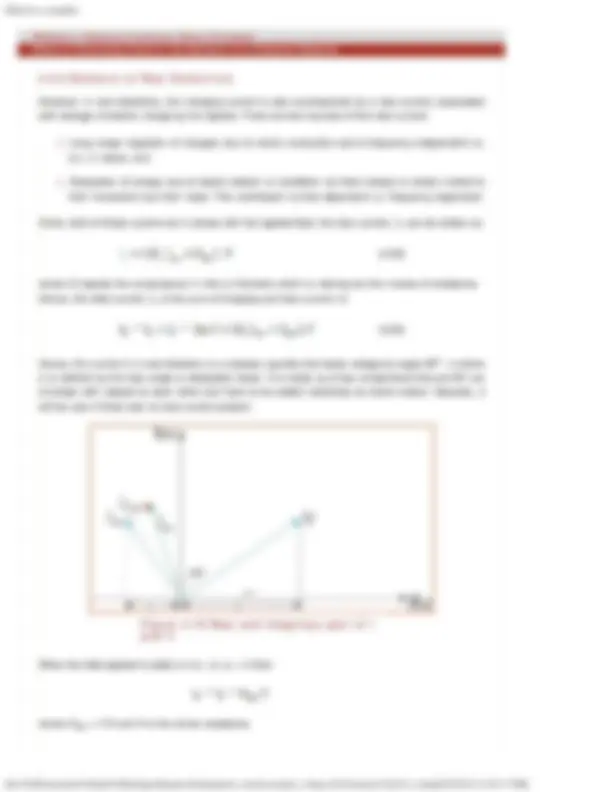
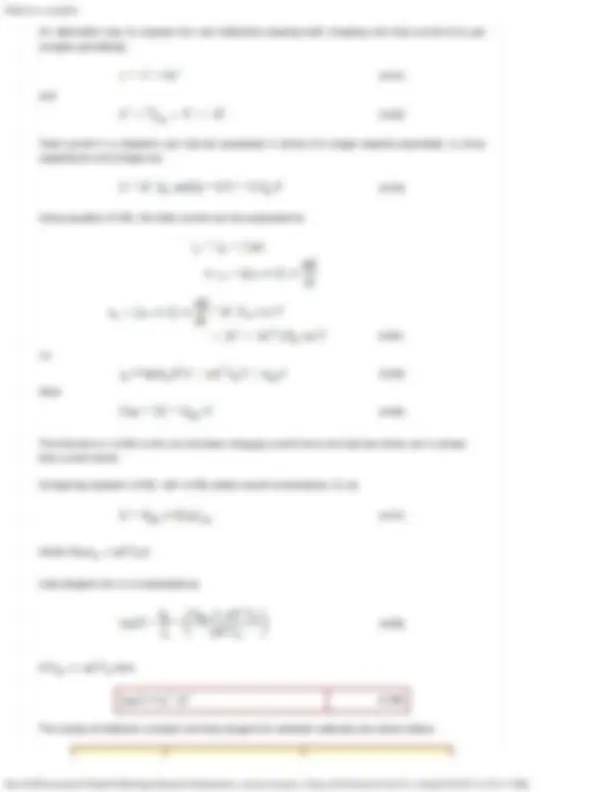

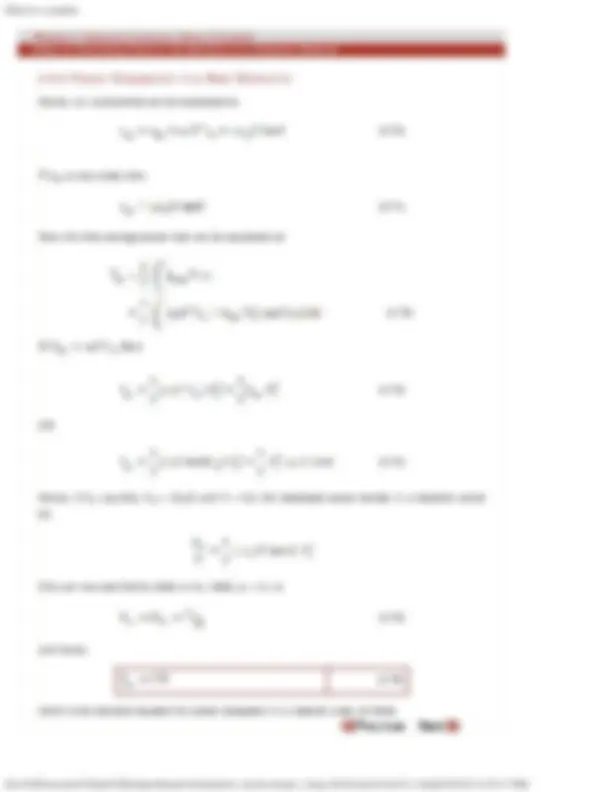

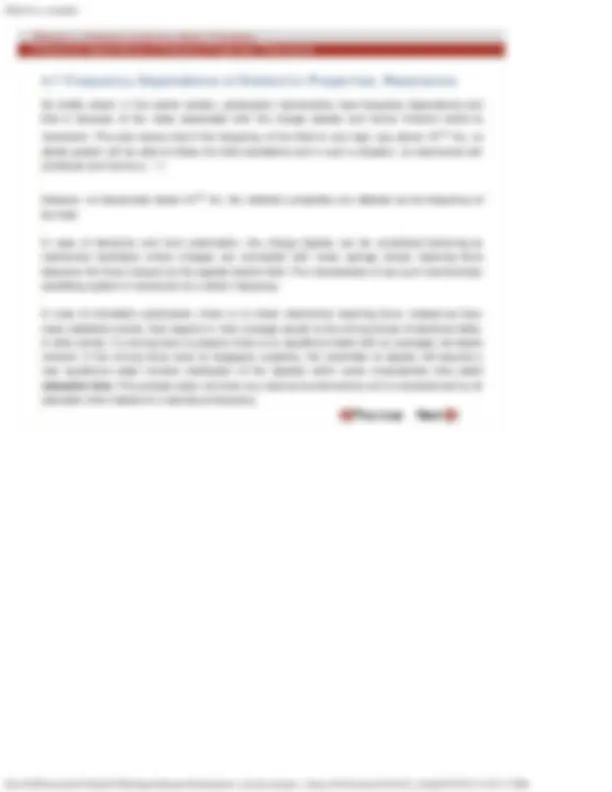
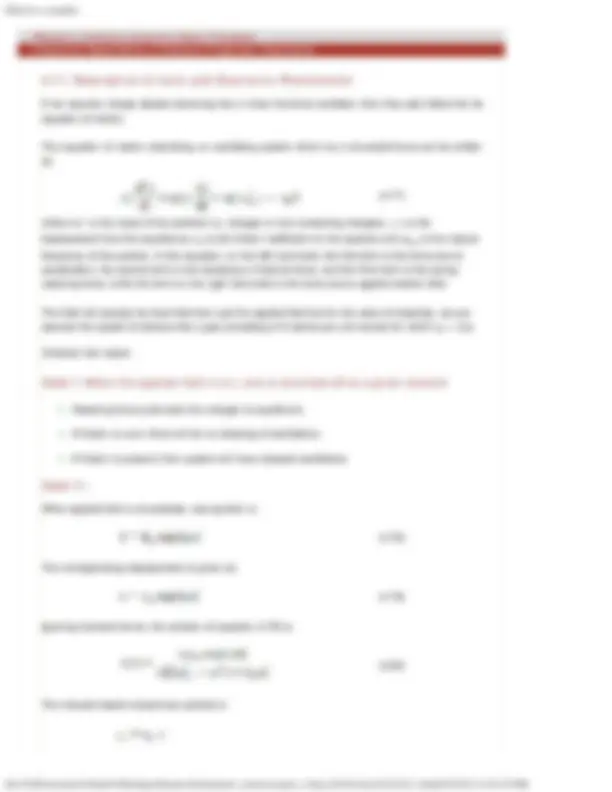
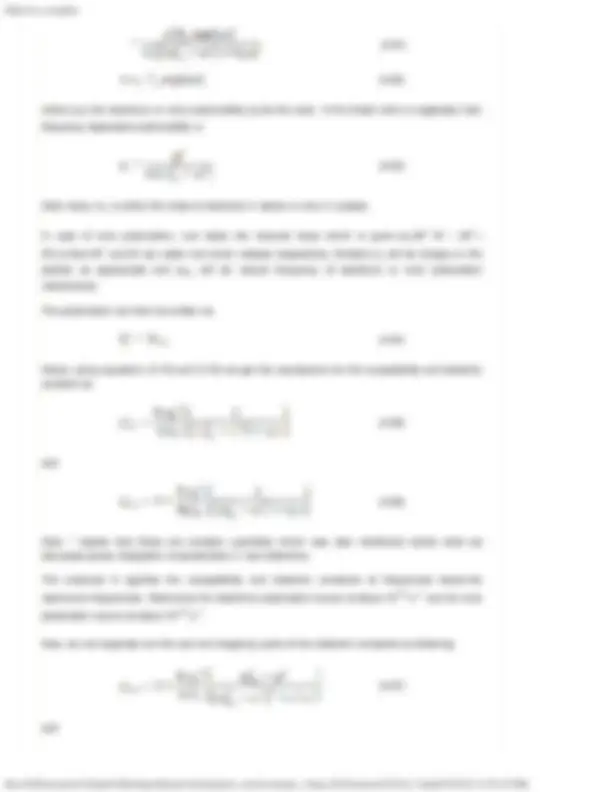
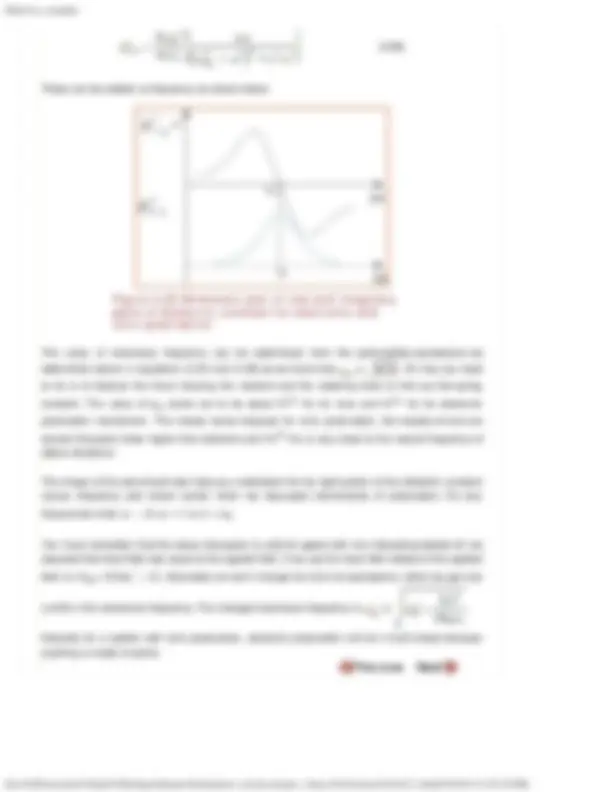

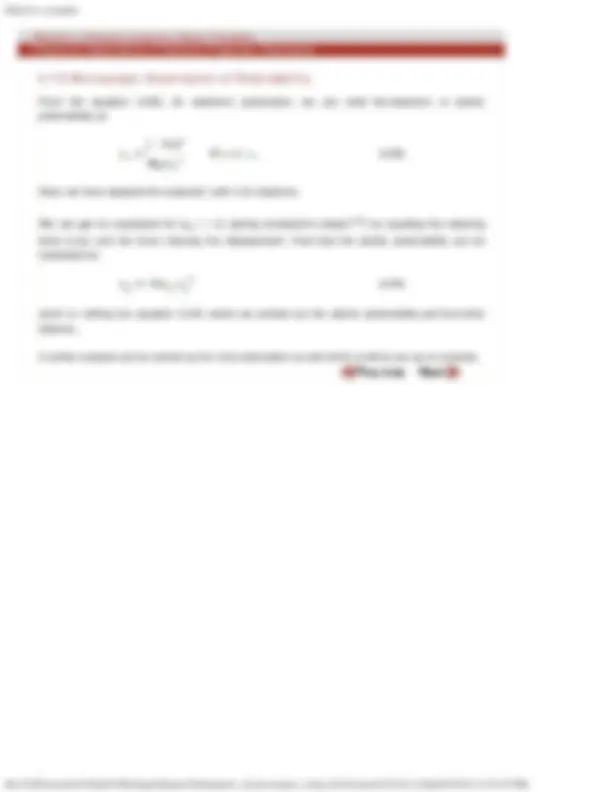
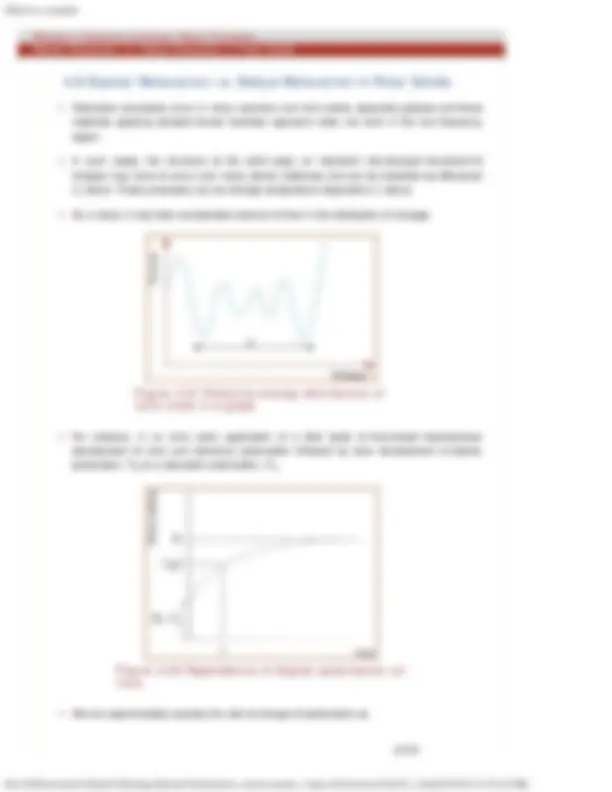

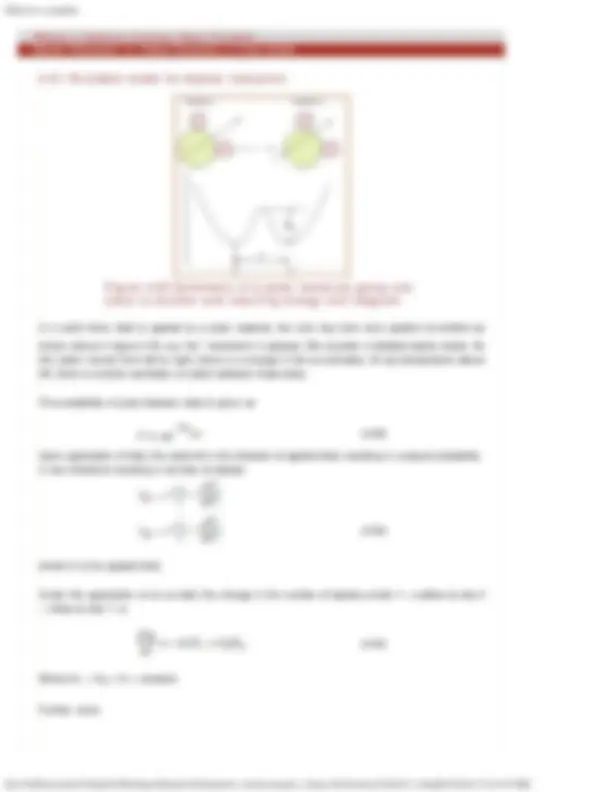
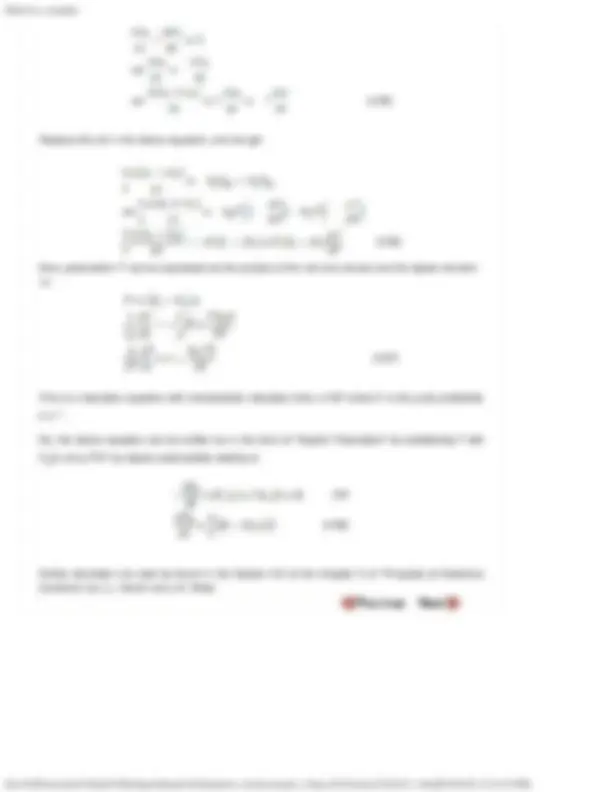
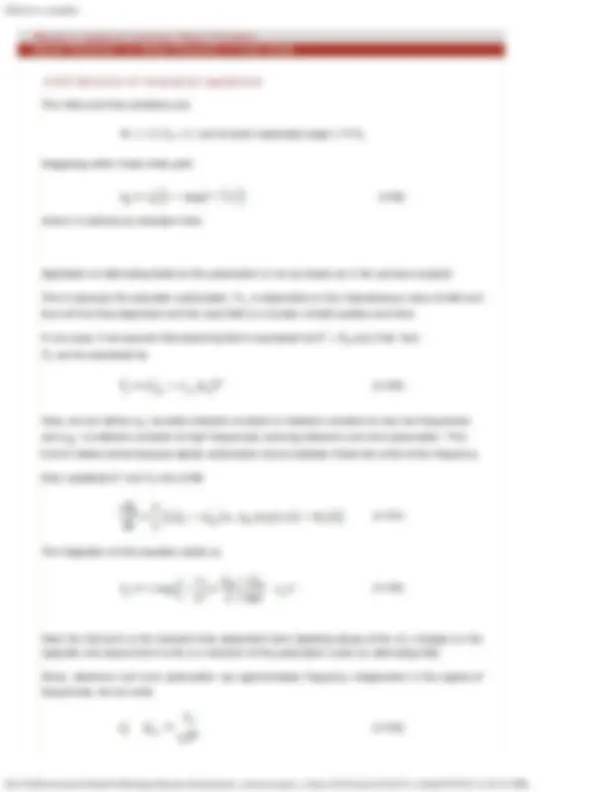
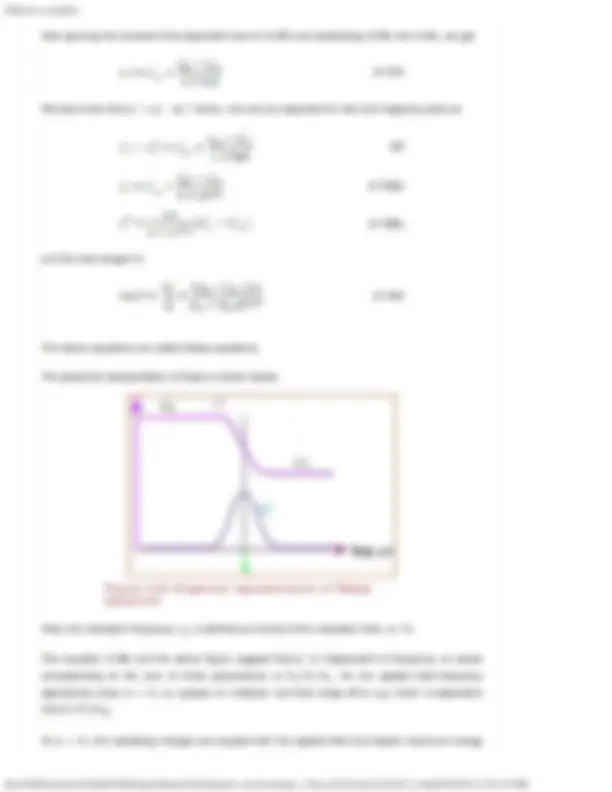
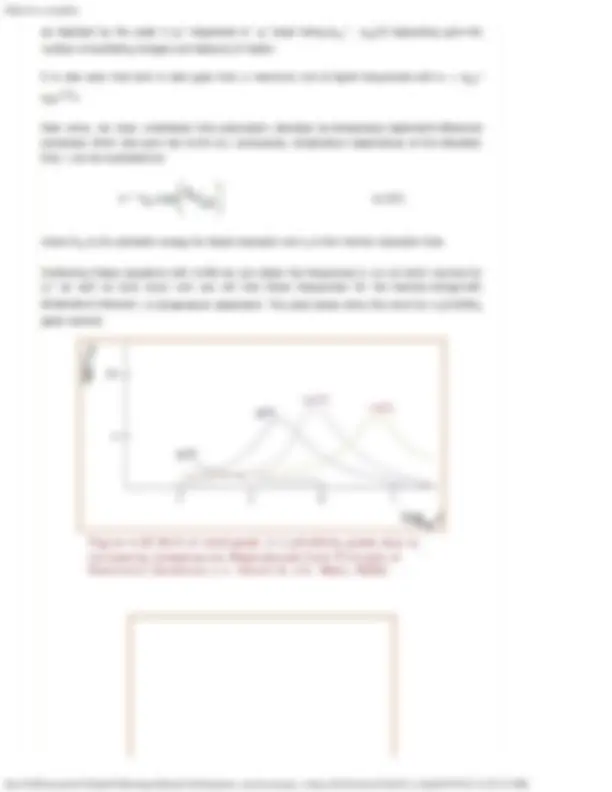
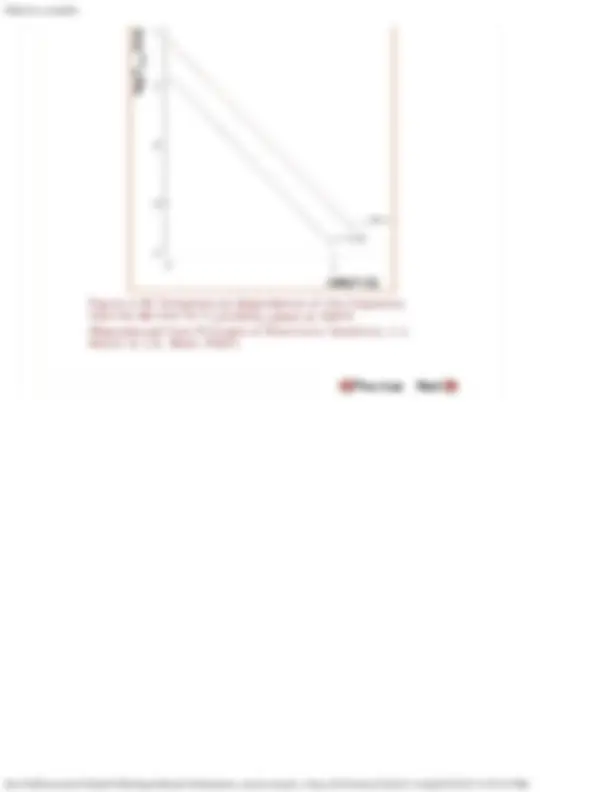
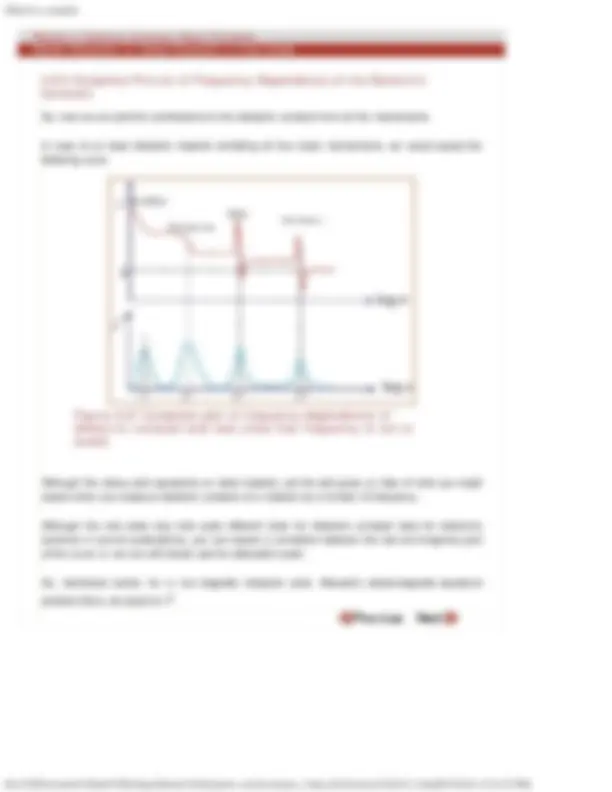

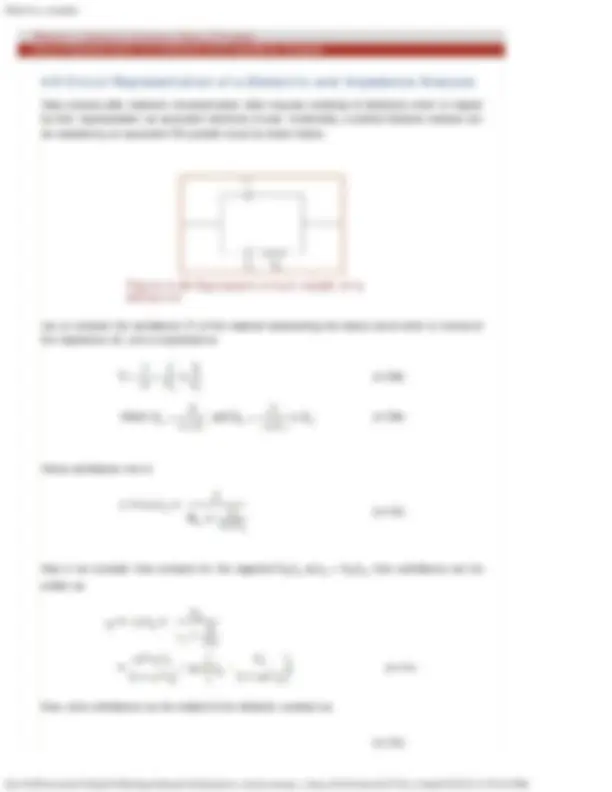
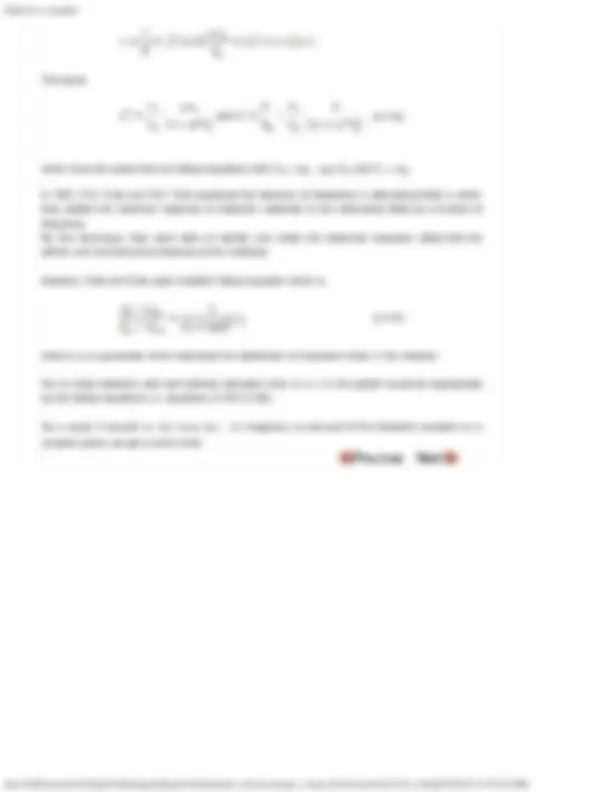
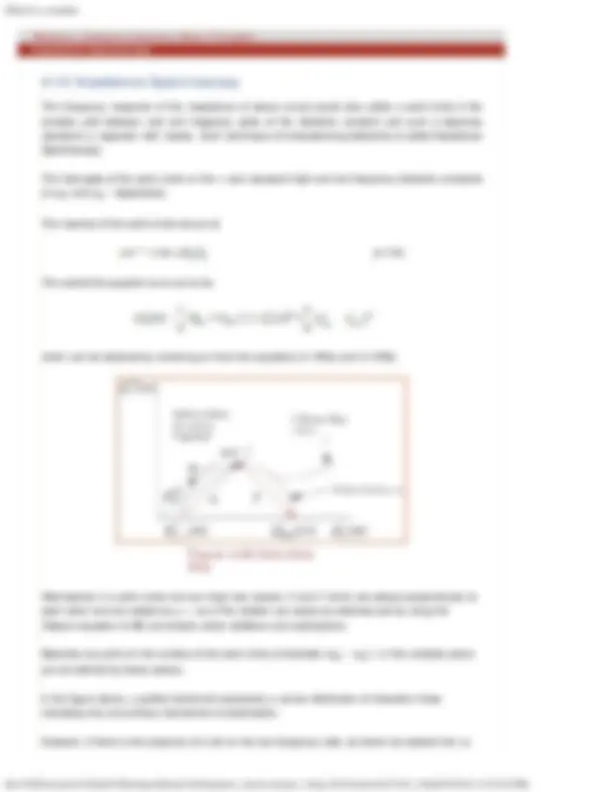
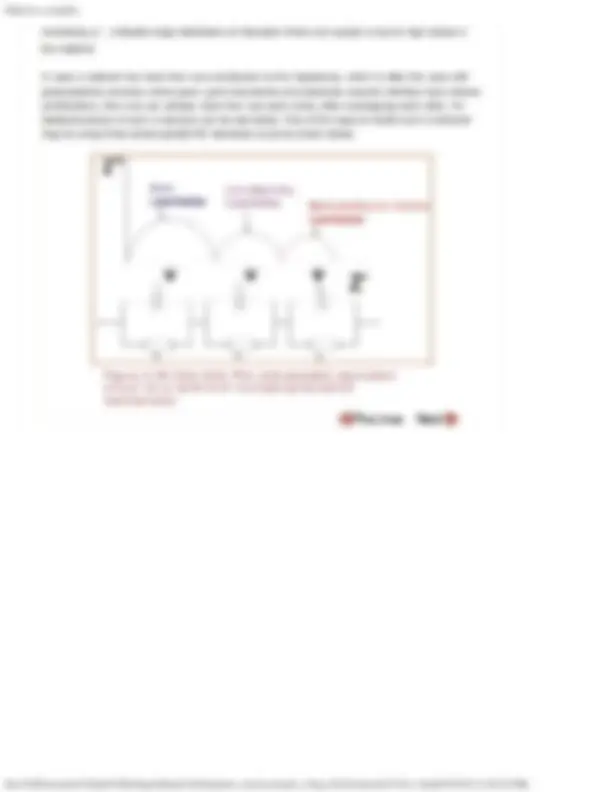
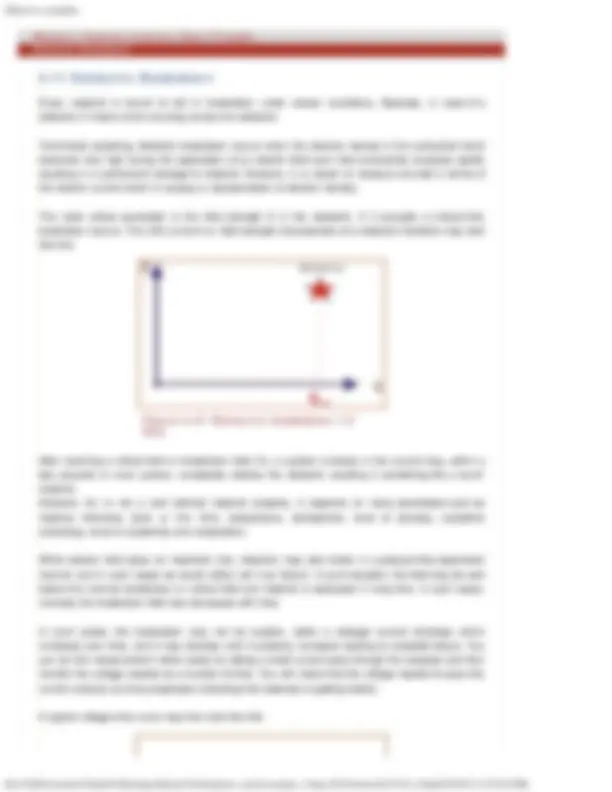
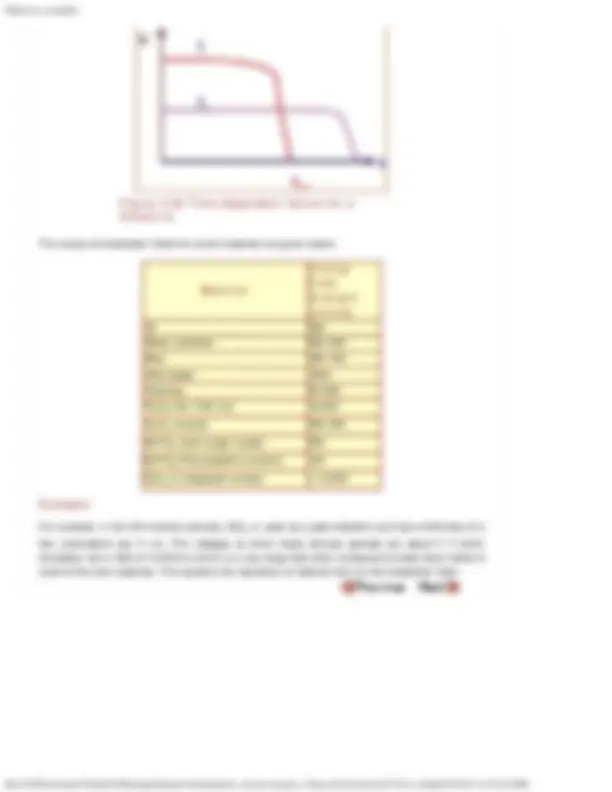
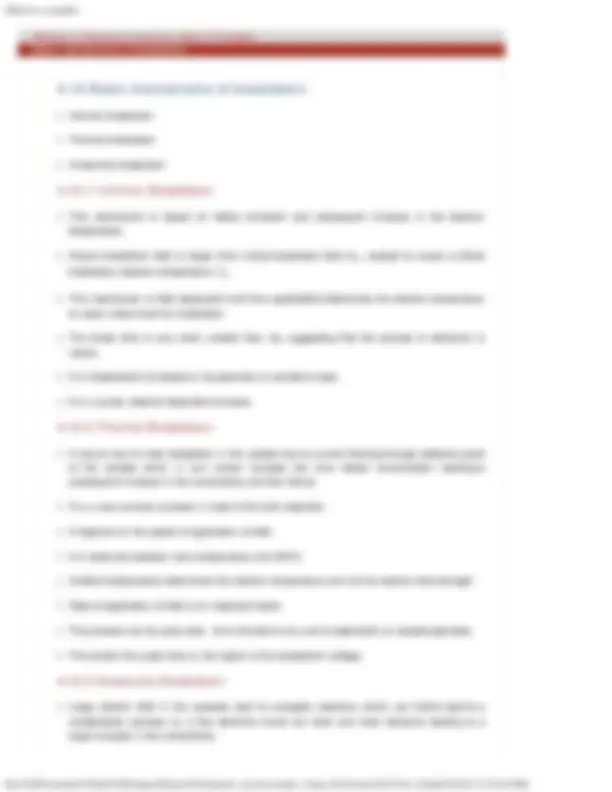
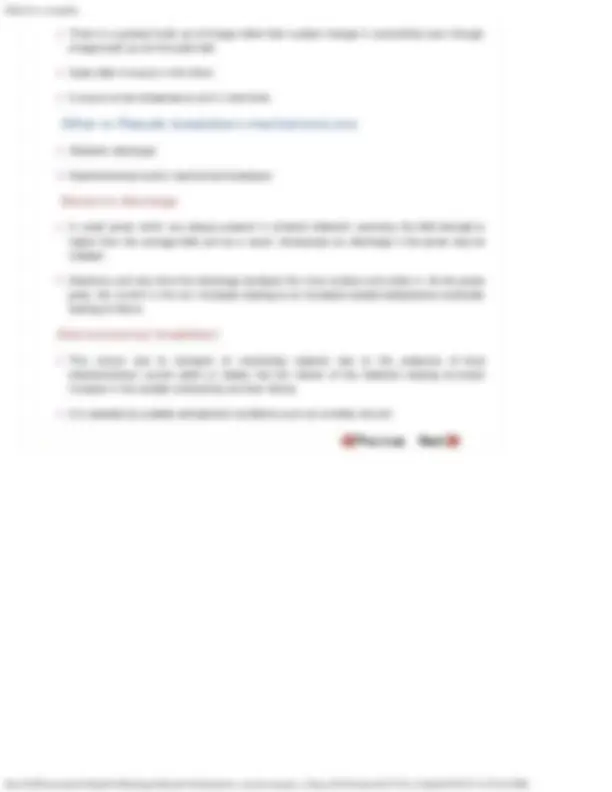
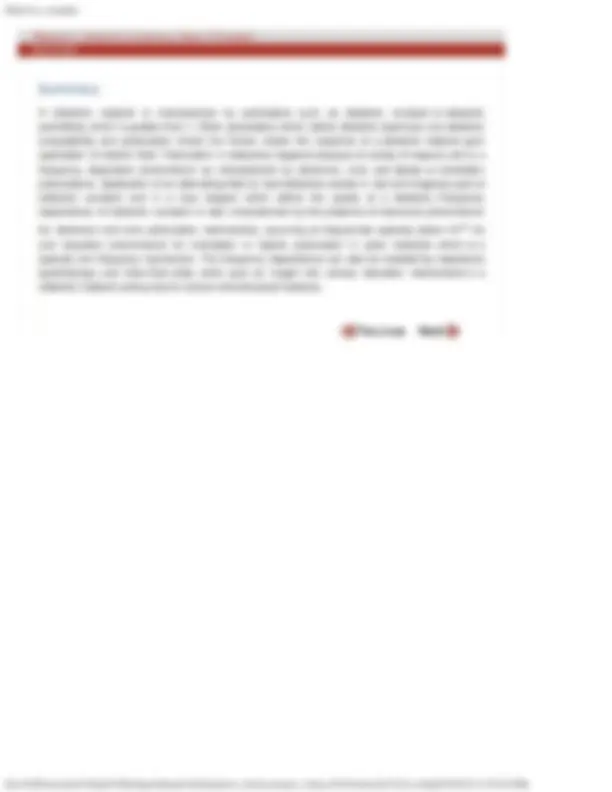


Study with the several resources on Docsity

Earn points by helping other students or get them with a premium plan


Prepare for your exams
Study with the several resources on Docsity

Earn points to download
Earn points by helping other students or get them with a premium plan
Community
Ask the community for help and clear up your study doubts
Discover the best universities in your country according to Docsity users
Free resources
Download our free guides on studying techniques, anxiety management strategies, and thesis advice from Docsity tutors
The main points are: Dielectric Ceramics, Mechanisms of Polarization, Microscopic Approach, Determination of Local Field, Analytical Treatment of Polarizability, Effect of Alternating Field, Frequency Dependence of Dielectric Properties
Typology: Study notes
1 / 67

This page cannot be seen from the preview
Don't miss anything!




























































file:///C|/Documents%20and%20Settings/iitkrana1/Desktop/new_electroceramics_14may,2012/lecture17a%20(20)/17_1.htm[5/25/2012 12:54:12 PM]
Dielectrics are insulating or non-conducting ceramic materials and are used in many applications such as capacitors, memories, sensors and actuators. For the sake of simplicity, we can assume that there is no long range moment of charges. First we will look the simple properties of dielectric materials such as dipole moment, polarization, susceptibility, polarizability and polarization mechanisms. Then we will do analytical treatment of polarizabilities for each of the polarization mechanisms to understand the meaning of these polarizabilities. Subsequently, we will do detailed analysis of dielectric properties for each of the polarization mechanisms under the influence of alternating field, important from the point of understanding the behaviour of these materials in real conditions. Finally, we will look at the breakdown mechanisms which lead to failure of dielectric materials.
Principles of Electronic Ceramics, by L. L. Hench and J. K. West, Wiley
Dielectrics and Waves, by Arthur R. von Hippel, John Wiley and Sons Inc.
file:///C|/Documents%20and%20Settings/iitkrana1/Desktop/new_electroceramics_14may,2012/lecture17a%20(20)/17_1.htm[5/25/2012 12:54:12 PM]
Electroceramics: Materials, Properties, Applications, by A. J. Moulson and J. M. Herbert, Wiley
file:///C|/Documents%20and%20Settings/iitkrana1/Desktop/new_electroceramics_14may,2012/lecture17a%20(20)/17_3.html[5/25/2012 12:54:13 PM]
An electric dipole comprises of two equal and opposite point charges that are separated by a distance d. The resulting dipole moment, μ is expressed as
Dipole moment is a vector and + μ points from –ve to +ve charge. It has units of C.m.
Total dipole moment per unit volume is defined as Polarization, P i.e.
Units of P are C.m -2^ i.e. charge per unit area.
In the most simplistic way when all the dipole are aligned in one direction, P can be written as N.m where N is the number of dipole per unit volume.
You should note that P=0 does not mean that the material does not necessarily have dipole moments rather it is likely that vector summation of all the dipole moment is equal to 0, which is always the case if dipoles were, vectorially speaking, randomly distributed.
In the subsequent sections, we will replace displacement 'd' by 'd' to avoid duplication by other symbols.
file:///C|/Documents%20and%20Settings/iitkrana1/Desktop/new_electroceramics_14may,2012/lecture17a%20(20)/17_4.htm[5/25/2012 12:54:13 PM]
Imagine a parallel plate capacitor with homogeneously distributed polarized material between the plates. Assume that all the dipole moments are aligned in the same direction. Now, if we look at the charge density in a small volume of the material (circle inside the capacitor), then it is clearly zero since both positive and negative charges are equal.
While at the surface, there is a finite charge as shown by the small circle. On both surfaces, the charges move out by a tiny distance, dx , which is nothing but surface polarization charge which can be calculated.
The number of charges, n (^) c , on the surface area A is equal to the number of dipoles contained within a surface volume (V=A. dx ) times the charge of the dipole, q which is nothing but equivalent to one layer of the surface charge.
Assuming homogeneous distribution of the dipoles, polarization can be written as
where the subscript ‘s’ implies the surface. Hence
where ∑s implies sum over the surface volume. Hence
So the surface charge density s is
file:///C|/Documents%20and%20Settings/iitkrana1/Desktop/new_electroceramics_14may,2012/lecture17a%20(20)/17_5.htm[5/25/2012 12:54:13 PM]
Consider a vacuum plate capacitor configuration as shown below:
For a vacuum capacitor
where capacitance of the vacuum is given as C (^) vac = (e 0 A)(d) where e (^) o is the permittivity of free space and is equal to 8.85x10 -12^ F/m.
If one inserts a dielectric between plates, then capacitance gets modified as
Where e (^) r is dielectric permittivity or more commonly (but not accurately) as relative dielectric constant with value greater than 1.
file:///C|/Documents%20and%20Settings/iitkrana1/Desktop/new_electroceramics_14may,2012/lecture17a%20(20)/17_5.htm[5/25/2012 12:54:13 PM]
Thus, inserting a dielectric leads to an increase in the stored charge in the capacitor as shown below. Basically, e (^) r signified some sort of interaction between the material and electromagnetic field.
Now the question is: Why does inserting a dielectric increases the capacitance of a capacitor?
We will see this in the following sections.
file:///C|/Documents%20and%20Settings/iitkrana1/Desktop/new_electroceramics_14may,2012/lecture17a%20(20)/17_6.htm[5/25/2012 12:54:13 PM]
This implies that susceptibility is nothing but the ratio of polarized charge or excess charge to the surface charge in a vacuum capacitor.
Now the question arises: What is the reason for polarization? It can be said that it is basically due to short range movement of masses i.e. electrons, or atoms or molecules under applied electric field. Such a movement is not likely to occur arbitrarily fast, rather it is a function of the frequency of the applied field. This also implies that the dielectric properties are also a function of the frequency. These properties are also a function of material structure and temperature. But for now, we will turn our attention to the understanding of basics of mechanisms of polarization and qualitatively what it means in terms of applied frequency.
file:///C|/Documents%20and%20Settings/iitkrana1/Desktop/new_electroceramics_14may,2012/lecture17a%20(20)/17_7.htm[5/25/2012 12:54:14 PM]
So far, we have learnt that the effect of an applied field on a dielectric material is to polarize it which is quantified by parameters such as dielectric constant, e (^) r ; polarization, P; and dielectric susceptibility, χ. Next we will learn about the polarization mechanisms and local field inside a dielectric.
file:///C|/Documents%20and%20Settings/iitkrana1/Desktop/new_electroceramics_14may,2012/lecture18a(21)/18_2.htm[5/25/2012 12:54:14 PM]
Atomic polarization is present in all materials by definition and hence any other mechanism would be an addition.
While mathematical treatment of the first three mechanisms is rather straightforward, interface polarization is not easy to quantify.
Qualitatively, we can see that in the above four mechanisms, the masses of the entities to be displaced are different, with mass getting larger from electronic to ionic to dipolar polarization. This has a direct relation with the frequency of the applied field (see figure below). Intuitively, we can mention that heavier the particular entity, more is the time spent in displacing it. As a result, atomic polarization is the fastest and typically persists at frequencies between ~10 13 -10 15 Hz. In contrast, ionic polarization is sluggish and typically occurs at frequencies between ~10 9 -10 13 Hz while dipolar polarization involving movement of molecules happens below 10 9 Hz. Interface or space charge polarization occurs at frequencies below 10 Hz.
For non-magnetic dielectrics, Maxwell’s electromagnetic theory predicts that the dielectric constant obtained from the electronic contribution is also related to the index of refraction as e (^) r = n 2 which is true at very high frequencies, above 10 12 -10 13 Hz. Contribution from any other mechanism will be on top of it. So the total dielectric constant for a material would be e (^) r-electronic (= n 2 ) + e (^) r-ionic + e (^) r-dipolar.
file:///C|/Documents%20and%20Settings/iitkrana1/Desktop/new_electroceramics_14may,2012/lecture18a(21)/18_2.htm[5/25/2012 12:54:14 PM]
The following table shows the values of e (^) r and n 2 for a variety of materials and the dominant polarization processes in them:
(Diamond)
~5.7 5.85 Electronic
Ge ~16 16.73 Electronic
NaCl ~5.9 2.37 Electronic and Ionic
Water (H 2 O)
~80 1.77 Electronic, Ionic and Dipolar
So, you can see that while carbon and germanium being single elemental materials show electronic polarization only and as a result their dielectric constants match well with the values of n 2. However, the same is not the case with NaCl or water which have strong contributions of ionic and ionic and dipolar polarization respectively. We will discuss more about these processes in the latter sections.
file:///C|/Documents%20and%20Settings/iitkrana1/Desktop/new_electroceramics_14may,2012/lecture18a(21)/18_4.htm[5/25/2012 12:54:14 PM]
The local field, E (^) loc , experienced by an atom or dipole or molecule usually differs from the applied field, E (^) ex owing to the polarization of the surrounding medium around a dipole or molecule.
While on a macroscopic scale, the overall field in a material is zero due to the condition of electrical neutrality, when we start looking at the scale of individual atoms and molecules, it is not the case. Although this local field which is nothing but the sum of applied field and some other fields and can, in principle, be solved using Poison’s equation, coupling charge density and potential at each location, the method is far from being simple. Instead, we use a simple approach, by using Lorentz model where we divide the field into different components.
The understanding of this field can be obtained from the figure shown below which shows a sphere of dielectric material, say containing about 10 atoms, removed. The local field at the center of this sphere is composed of two macroscopic fields and two microscopic fields.
The microscopic fields are:
E (^) center , field at the center of the sphere due to contributions of ions surrounding it with-in the sphere.
E (^) L , Lorentz field at the center of the spherical cavity due to charges on the surface of the cavity
another is talking of a material surrounding the spherical cavity from which material has been removed.)
The macroscopic fields considering the dielectric as a continuum are:
E (^) ex , field due to applied voltage across the capacitor
E , the depolarizing field due to dielectric polarization
file:///C|/Documents%20and%20Settings/iitkrana1/Desktop/new_electroceramics_14may,2012/lecture18a(21)/18_4.htm[5/25/2012 12:54:14 PM]
d
Hence, E (^) loc is written as
Now, we know that
Lorentz showed that for isotropic crystals,E (^) center = 0
E (^) L can be worked out for a cavity as
(Analysis of the Lorentz field in the next slide)
Hence the local field is given as
By substituting P = e 0 (e (^) r - 1)E in (4.25)
Now combining equations (4.20) and (4.26), we get
Combining (4.15) and (4.27), we get
The above equation is called Clausius-Mossotti relationship and is valid only for linear dielectrics. The equation is related to a macroscopic quantity on RHS, i.e. e (^) r with a microscopic quantity, a.
As a result, if one knows the dielectric constant by means to measurement, this form can be used to calculate the polarizabilities of a variety of materials to quite an accurate estimate.
Polarizability, a, is the sum of polarizabilities from all the contributing mechanisms i.e. a (^) electronic ,
file:///C|/Documents%20and%20Settings/iitkrana1/Desktop/new_electroceramics_14may,2012/lecture18a(21)/18_5.htm[5/25/2012 12:54:14 PM]
Here, we are interested in calculating the field from the free ends of dipoles i.e. Lorentz field El , lined along the cavity wall in the direction of applied field, as shown below. This charge density arises from the bound charges and is determined by the normal component of polarization/dielectric displacement vector P and is written as
Now, since each element d A contributes to the field, according to Coulomb’s law, the radial field intensity is
Each d A ’s angular position is between θ and θ+ d θ and for each d A element, there is another d A element on the other side of the sphere which produces same but opposite horizontal field component. Horizontal components cancel each other and vertical components d E 2 cosθ survives
So the total field intensity is
The field intensity is parallel to the applied field and actually strengthens it. Now we can also rewrite d A as
file:///C|/Documents%20and%20Settings/iitkrana1/Desktop/new_electroceramics_14may,2012/lecture18a(21)/18_5.htm[5/25/2012 12:54:14 PM]
so